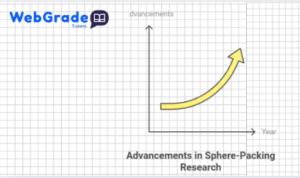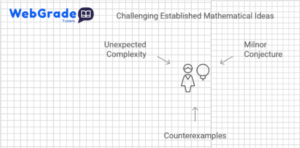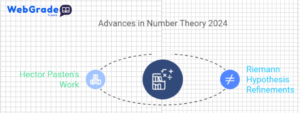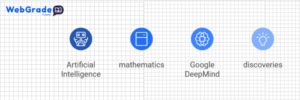The field of mathematics continues to thrive, with 2025 a year of extraordinary progress. From solving decades-old conjectures to leveraging artificial intelligence (AI) in innovative ways, mathematicians have achieved milestones that deepen our understanding of fundamental concepts while pushing the boundaries of the discipline.

Geometric Langlands Conjecture
A landmark achievement in 2025 was the proof of the geometric Langlands conjecture. A collaborative effort by a team of nine mathematicians produced an 800-page solution to this central problem in the Langlands Program. The program attempts to unify the various branches of mathematics into a coherent framework.
The geometric Langlands conjecture involves abstract mathematical objects called sine and has implications across several fields. Its resolution not only solidifies the connections between different mathematical domains but also sets the stage for important research in algebra, geometry, and number theory.

Advances in sphere packing problems
Sphere packing — a problem involving arranging identical spheres to maximize space utilization — saw significant progress this year. While solutions were known for three dimensions and certain higher dimensions, such as 8 and 24, researchers made progress in solving the problem in higher dimensions in general.
Using graph theory, mathematicians devised ways to optimize sphere packing in random arrangements. The breakthrough addressed challenges that had been unresolved for seven decades. In addition, researchers discovered the forms of the least efficient packing, deepening our understanding of spatial organization.

Disproving Milnor’s Conjecture
In geometry, refuting long-standing assumptions is as important as proving them. This year, mathematicians discovered counterexamples to Milnor’s Conjecture, which had been around for 50 years. The conjecture concerns the relationship between an object’s global structure and its local properties.
The counterexamples reveal an unexpected complexity in the universe of shapes, challenging established theories and opening up new avenues in the study of topology.

Advances in Number Theory
Number theory, a cornerstone of pure mathematics, saw steady progress in 2025. Researchers refined estimates of the Riemann hypothesis, further preventing possible exceptions, and advanced our understanding of the distribution of prime numbers.
In another highlight, mathematician Hector Peston explored shape numbers, shedding light on the abc conjecture and the interplay between addition and multiplication. While still incremental, these insights are important steps toward solving some of mathematics’s most profound problems.

AI’s Growing Role in Mathematics
Artificial intelligence continued to revolutionize mathematics in 2025. AI tools like Google DeepMind’s AlphaProof solved complex geometry problems and demonstrated abilities similar to those of top human mathematicians. Moreover, AI identified unexpected patterns in mathematical structures, such as elliptic curves, showing similarities to natural phenomena like bird chatter.
These advances illustrate how AI complements human intuition, drives discoveries, and expands the horizons of mathematical research.

A Year of Transformation
Mathematical breakthroughs often come from years of incremental progress, with key breakthroughs coming from innovative approaches and interdisciplinary collaborations. The 2025 breakthroughs— spanning geometry, number theory, and computational mathematics—highlight the dynamic and evolving nature of the field. With AI playing an increasingly prominent role, the future of mathematics promises even greater discoveries, unlocking the mysteries of the universe one equation at a time.
Conclusion: A Future of Infinite Possibilities
As we reflect on the milestones of 2025, it is clear that mathematics is a dynamic and ever-evolving discipline. The combination of human and artificial intelligence has not only accelerated progress but also reshaped the way we tackle complex problems. These breakthroughs remind us that the journey of discovery is not over. With each solved conjecture and each unexpected insight, we come closer to uncovering the infinite possibilities that mathematics holds for understanding our world and shaping the future.
Let 2025 serve as a testament to the power of curiosity, collaboration, and innovation in the pursuit of knowledge.

